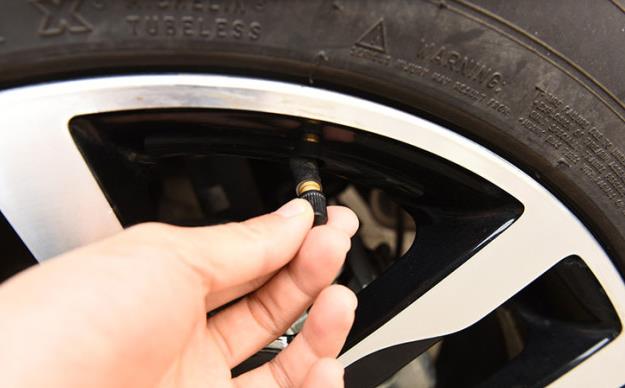Every evening, drivers drive home after work on the highway, contemplating about their day and how they’re about to spend a relaxing evening, when suddenly the engine light goes on. “Something is wrong with the car,” the driver thinks, “But what?” Or, they might be thinking “Oh no, not again.”
Cars can alert drivers about their errors and malfunctions. The purpose of these alerts is to signal ahead of time that the car needs maintenance, very soon. However, these notifications provide very little information about the actual cause of the defect, its severity and how it should be repaired. As a result, these notifications cause alarm, but hardly provide any information about which reassuring action to take.
Turning Automotive Error Codes into a Predictive Maintenance Tool
Connected cars are transmitting terabytes of data that provide many more insights than we are aware of today. Connected vehicle data attributes can indicate the status of the oil level, cylinder activity, fuel injection, pedal position and air pressure. By adding another layer of analysis based on this information and diagnostic trouble codes, automotive data can be used to provide drivers with direction and assistance on what needs to be done to fix defects and faults.
These alerts can be turned into insightful reports explaining their meaning and what needs to be done. Companies that will provide drivers these reports and directions via mobile apps will provide consumers with a valuable service: the ability to run predictive maintenance on their own cars. Gone are the days of ‘What’s wrong with the car?” and “Not again.” Welcome the days of “The engine overheated, I need to pull over, open the radiator cap and call a roadside assistance service.”
Advanced historical statistical analysis of cars can also help predict when the car needs professional care. Knowing in advance will enable drivers to plan to take the car to a garage according to their schedule, instead of having to scurry there last minute before a very important meeting. These data and information can also be shared with dealerships and garages, which could provide customized service-models to customers according to their needs, and even direct the driver to the nearest garage when needed. For fleet managers, these abilities enable fleet management at top performance.
While this service can be delivered and consumed via mobile app, it can also be provided to the driver through the car dashboard. OEMs that provide such capabilities as part of their cars’ features would grow their customer-base. Imagine a driver buying a car that informs her or him when and how it needs to be fixed, compared to a car that requires guessing what to do when the engine light goes on. Wouldn’t removing that headache from the day-to-day be a major consideration when buying a car?
Making Cars User-Friendly Through Data
The service economy, otherwise known as the concierge economy, has lead to another by-product: the importance of UX (user experience) and UI (user interface). Products and services don’t just need to be functional or beautiful, they need to be friendly to use and clean to look at.
Nowadays, consumers feel they shouldn’t have to make an effort when using products. Rather, these products should be made accessible to the customer, providing them with a good “experience”. Cars are no different than any other good. However, when dealing with repairing and mechanics, UX and UI become more complicated.
By adding a predictive maintenance app interpreter between the mechanical car and the consumer, the car becomes accessible to the driver. Thus, the driving and the maintenance become “experiences” instead of “functions” or “actions”. By using these mechanisms, OEMs can grow their audience and into new customer bases that might have been intimidated beforehand by car mechanics; companies and startups can grow new business opportunities; and drivers can get a more fulfilling driving time and quality of life. Win-win-win.
Get started today and build a service that has the ability to transform the repairing and garage experience for drivers. The time is now.
























